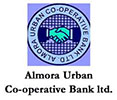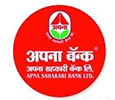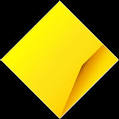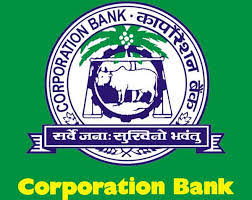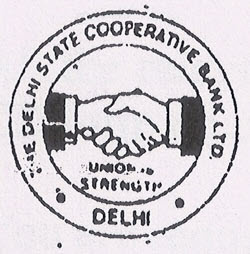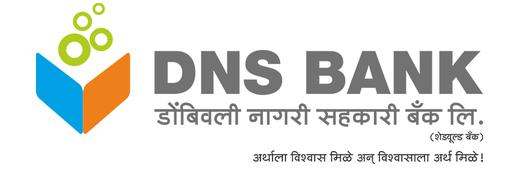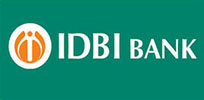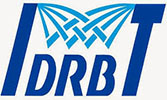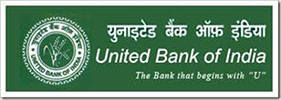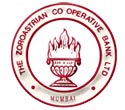What is the MICR Code?
MICR (Magnetic Ink Character Recognition) is a technology that is used to process and verify the legitimacy of paper-based financial transactions in the banking industry. The MICR is a unique code consisting of a set of 9 digits to recognize branches and banks involved in ECS (Electronic Clearing System). Typically, you will find it printed on the bottom of the bank’s cheque leaf.
You might wonder, How is MICR created? So, it is comprised of three components. The first three digits appear as a city code, the subsequent three digits appear as specific bank codes and the last three identify as the branch code. The interesting thing about the MICR Code is that it is printed using a special kind of ink that contains magnetic properties. The property lets the machine easily read and process the information and ensures SWIFT and accurate transaction processing.
What Are the Features of MICR Code?
MICR carries several distinctive features that make it an important part of the banking industry. Take your eyes through it.
- Specialized Ink for Printing: MICR codes are printed with a special ink that contains iron oxide, a sort of magnetic property. The feature allows it to be easily detected and read by MICR readers or sorting machines.
- Specific Length: MICR code is a fixed length and is comprised of a unique set of nine digits.
- Machine Readable: The specially designed ink and fonts allow the MICR reader to swiftly and precisely scan and interpret the information. It reduces the chances of human errors in transaction processing.
- Durable and Tamper-resistant: The iron-oxide-based ink used to print MICR is durable and resistant to tampering, ensuring that it stays intact and legible even after extensive handling and processing.
- Non-interference with Other Information: MICR codes are designed to co-exist with other pieces of information printed on the cheque leaf including account details and the payee’s name. This ensures seamless integration of MICR technology into current cheque formats.
Besides this, it prevents fraud by enhancing the security of financial transactions. It also ensures speedy and efficient processing.
What is the Format of the MICR Code?
The format of the MICR is standardized with a fixed structure.
First 3 Digits - City Code: The first three digits of the MICR Code will appear for the city code. It is assigned by the father bank, RBI to each city or town wherever a clearing house is located. It presents the location of the bank branch that issued the cheque.
Next 3 Digits - Bank Code: After the city code, the next 3 digits are present for the specific bank code. Typically, RBI assigns this code to each individual bank. It identifies the bank that has issued the cheque.
Final 3 Digits - Branch Code: Last 3 digits are the branch code. This is specific to the particular branch of the bank where the account is held and distinguishes one branch from another branch within the same bank.
Features That MyBankDetail Provide to Find the MICR Code
MyBankDetail offers three main options to find the MICR Code, have a look.
Search MICR Code by Bank: You can fetch the MICR code by bank on our website. It is quick and quite simple. You will need to select the bank name, State, City/District and branch to get the MICR code of your preferred bank.
Validate MICR Code: If you want to check the MICR and also want other details of the bank branch, you can click on “ Validate MICR Code”.
Benefits of Using Our MICR Code Tools.
MICR Code tools put forward various benefits for you such as the following:
- Ensures accurate MICR Code generation for error-free transactions.
- Saves you valuable time in manual MICR code verification.
- Allows customization options to meet preferred banking and branch requirements.
- Ensures adherence to MICR code standards set by regulatory authorities.
- Enhances security measures by preventing fraud and unauthorized transactions.
- Has a user-friendly interface for easy navigation and hassle-free operation.
How Do I Find the MICR Code Offline?
You can find the MICR Code offline at various points such as,
- On Cheque-leaf- You can find it printed on the cheque, usually on the right-hand side on the bottom of the cheque leaf.
- In the Passbook- You can find it printed on the first page of your passbook.
- You can also visit the bank physically and ask for the MICR Code at customer care.
How Do I Find the MICR Code Online?
Finding the MICR Code online is the easiest and quickest way. See How,
- Our MICR Code Finder tool
- Bank’s official website
- Branch Locator tool
What is MICR Used for?
MICR Code is a very important element in the banking industry. It is helpful in various ways.
- Helps in processing the cheque in an efficient way
- Useful for automated sorting of cheques
- Helps to ensure that cheques are from legitimate accounts
- Reduces human errors in cheque processing
- Speeds up the processing for paper-based transactions
- Facilitates uninterrupted inter-bank transactions.
What is the Importance of a MICR Code?
- To ensure accuracy of the cheque processing
- Verify cheque authenticity and reduce fraud risks
- Speeding up transactions through operational flow
- To enable seamless interbank transactions
- Enhances automation by removing manual intervention in cheque processing
- To provide the record of cheque origin for auditing purposes
- To easily integrate with the existing banking system
What is the Use of MICR Code?
To be specific, the MICR Code is used for the automated processing of paper-based transactions such as cheques. This ensures the secure and accurate identification of the originating bank, branch and city. It is used to ensure efficient, error-free transactions, and SWIFT inter-bank transactions.








